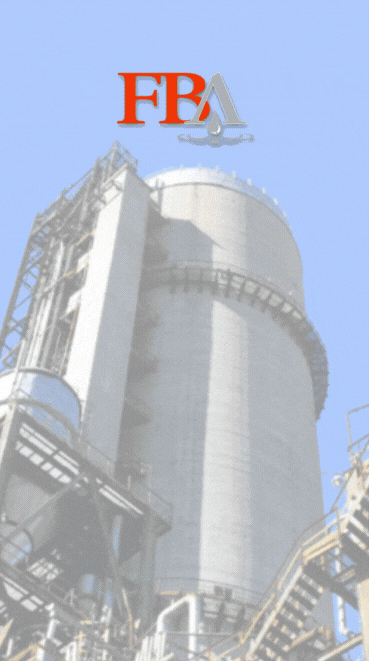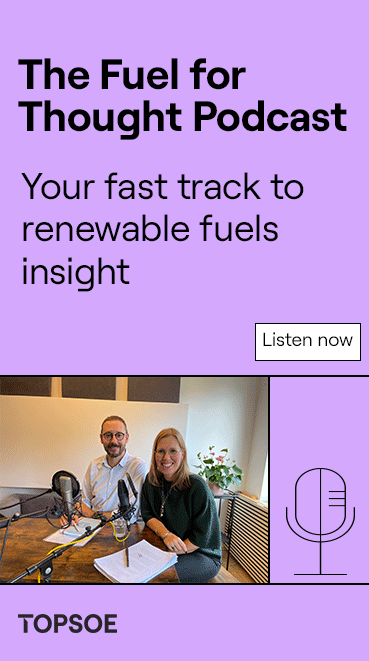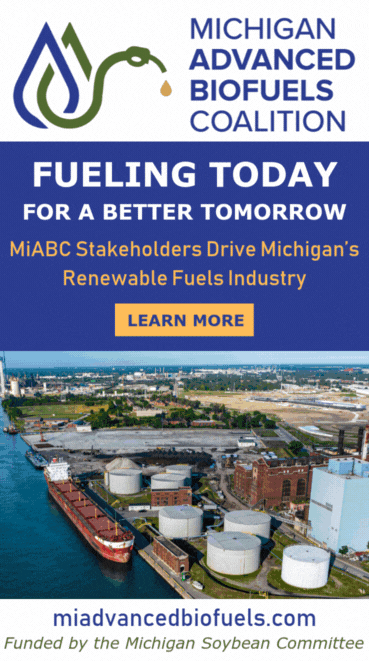Clean Planet Technologies unveils UK’s 1st plastics-to-SAF technology at SAF Global Summit
- Clean Planet Group
- Sep 8
- 2 min read

Andrew Odjo, CEO of Clean Planet Technologies and chief technology officer of Clean Planet Energy, which is part of the Clean Planet Group, unveiled in early September the U.K.’s first plastics-to-sustainable aviation fuel (P2SAF) technology during a keynote speech at the SAF Global Summit 2025 in London.
Addressing more than 500 policymakers, energy leaders, airlines and investors, Odjo introduced the company’s proprietary “SAFe-P2SAF” system—a process designed to transform hard-to-recycle waste plastics into low-carbon jet fuel that could meet stringent aviation standards.
The technology, now progressing towards ASTM certification, converts mixed-waste plastics into SAF that can be blended with conventional jet fuel and used in existing aircraft and fuel infrastructure.
With a potential 70 percent reduction in greenhouse-gas emissions compared to conventional jet fuel and the ability to divert thousands of tons of plastic from landfill and incineration, the Clean Planet Group said SAFe-P2SAF represents a major step toward decarbonizing one of the most challenging sectors in the race to net zero by 2050.
“Our mission is simple,” said Odjo. “Tackle two global challenges at once—plastic pollution and aviation emissions. With SAFe-P2SAF, we’re turning a waste problem into a climate solution, supporting the U.K.’s ambitions for SAF production and helping diversify feedstock beyond traditional pathways like hydroprocessed esters and fatty acids, which face growing supply pressures.”
Clean Planet Technologies said its innovation “comes at a pivotal time for the industry.”
With ReFuel EU aviation’s 2 percent SAF blend target launching in 2025, the U.K.’s pioneering SAF mandate and increasing investor interest in circular feedstocks, the race is on to scale production and secure supply chains for SAF.
Clean Planet Technologies said the SAFe-P2SAF technology builds on its flagship SAFe hydroprocessing system, already proven at commercial scale for upgrading pyrolysis oils into low-carbon fuels, according to the company.
By adapting this platform to process plastic-derived feedstocks into SAF, Clean Planet Technologies said it aims to place the U.K. at the forefront of feedstock diversity and innovation for sustainable aviation.
The company’s upcoming roadmap includes progressing ASTM certification, developing its first pilot-scale P2SAF facility in the U.K. later in 2025, and expanding partnerships with key industry stakeholders to accelerate deployment attractive to investors.
“Today marks the start of an exciting few months for Clean Planet Technologies,” Odjo said. “With a new facility announcement coming at the end of this year, our focus remains on scaling solutions that deliver real environmental impact while supporting the U.K.’s leadership in sustainable aviation.”


































